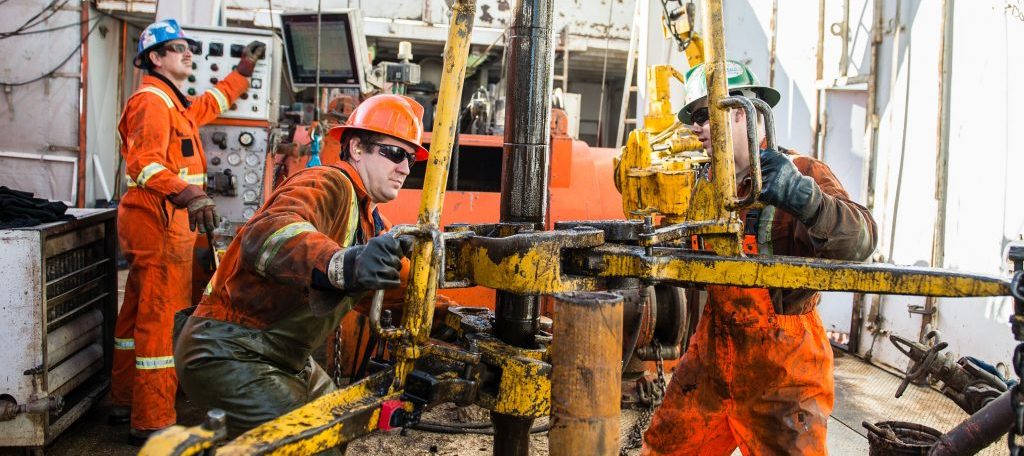In this article, we will delve into safety in the oil and gas industry and the measures taken to protect workers and the environment.
What is safety in oil and gas industry?
Safety in the oil and gas sector refers to the proactive measures taken to prevent accidents, injuries, and environmental disasters. It involves identifying potential hazards, assessing risks, and implementing strategies to mitigate them effectively.
Understanding Safety in the Oil and Gas Sector
The oil and gas industry plays a critical role in powering our modern world. It fuels our vehicles, heats our homes, and serves as the backbone of various industries. However, working in this sector can be hazardous due to the nature of the operations involved.
Working in the oil and gas field can be a fulfilling and lucrative career path. That being said, employees are exposed to a multitude of hazards that can lead to significant injuries, illnesses, and deaths. Everything from struck-by incidents, burn hazards, equipment failure, moving equipment, pressurized systems, etc., are everyday sights for those who work in this field that is critical to our infrastructure.
Workers often must work from elevated platforms or equipment. This poses a risk of slips, trips, and falls that could cause serious bodily harm. Accessing these places via a ladder, would thus require more precautions to safely guide workers. Vigilance and proper safety training are essential.
READ: Oil And Gas Vendor Registration Requirements in Nigeria
The Risks and Hazards Involved
Working in the oil and gas industry presents numerous risks and hazards. These include:
- Explosions and Fires: Flammable substances and high-pressure equipment can lead to catastrophic explosions and fires.
- Exposure to Toxic Substances: Workers may come into contact with toxic chemicals, leading to health issues.
- Confined Spaces: Working in confined spaces can pose risks of asphyxiation or entrapment.
- Transportation Hazards: The transportation of oil and gas products involves inherent risks on the roads, railways, and seas.
Safety Measures and Protocols
To ensure the safety of workers and the environment, the oil and gas industry has established comprehensive safety measures and protocols, including:
Training and Education
Proper training and education are essential to equip workers with the knowledge and skills to handle potential hazards. Regular safety drills and simulations prepare them for emergencies.
Personal Protective Equipment (PPE)
Providing appropriate PPE, such as helmets, gloves, and protective clothing, is vital to safeguard workers from physical harm.
Emergency Response Planning
Developing detailed emergency response plans enables prompt and efficient actions during accidents or disasters.
Regular Inspections and Maintenance
Routine inspections and maintenance of equipment and facilities reduce the chances of malfunctions and accidents.
Technological Advancements for Safety
The industry continually adopts advanced technologies like drones and remote monitoring systems to enhance safety protocols.

